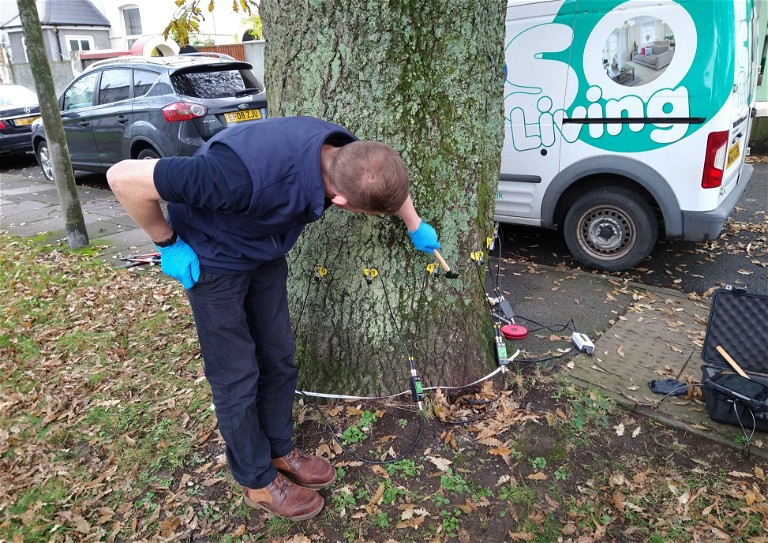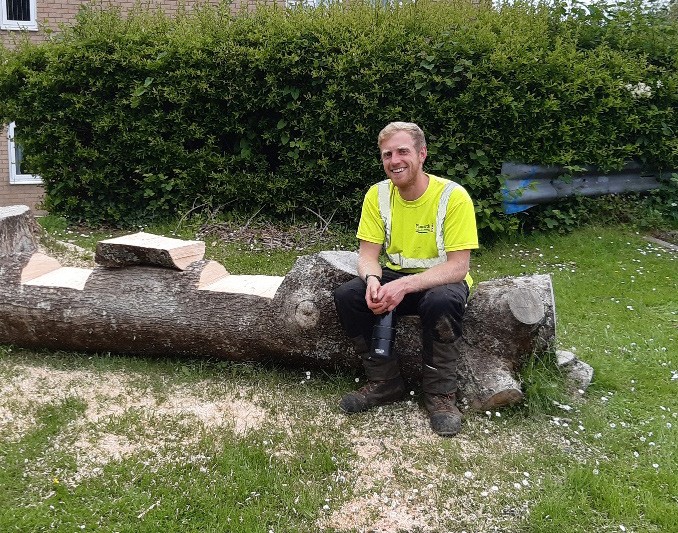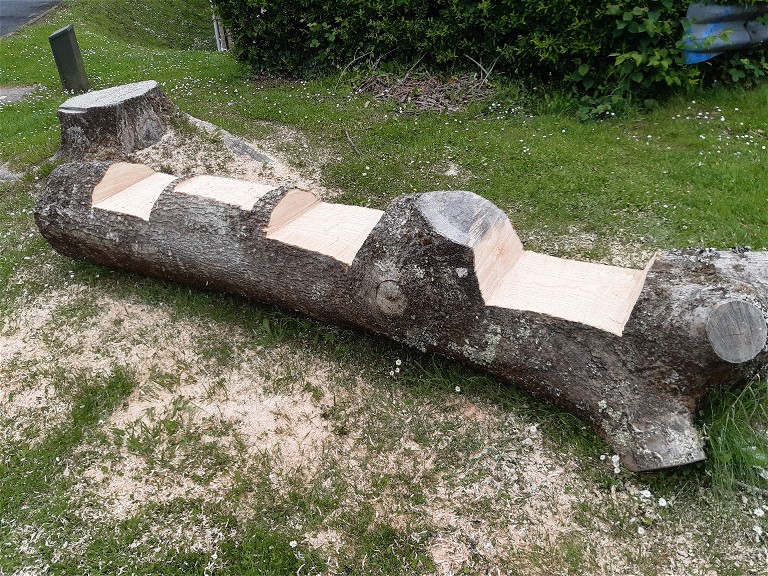
Where there’s a wilt, there’s a way
PCH’S plan to save trees from disease
Before the coronavirus pandemic struck, you may remember hearing about a disease that infects trees called ash dieback.
While our attention was focused on preventing the spread of Covid-19, another virus was attacking ash trees across the country.
Ash dieback is a fungus that originated overseas.
Despite warnings, the virus managed to reach the UK through imported timber since the early 2000’s.
Sadly, the disease was already widespread in Devon trees by last spring.
Many woodlands will be damaged by the arrival of the unwelcome virus. Depending on how many ash trees are in a forest, will determine how severe the impact will be on a number of beauty spots, forests and nature reserves.
Scientists estimate that around 70 - 80% of the country’s ash trees will be killed by the virus. The species makes up for a substantial proportion of our entire tree coverage across the country. Some Ash trees can live for up to 500 years and all trees provide an essential habitat for wildlife.
Many landowners have simply cut trees down once they show symptoms. After a tree becomes infected, it can increase the risk of branches falling and injuring people, so chopping the trees down is often the first resort.
But PCH won’t let trees on its land go down without a fight. There are around 150 Ash trees under the care of PCH. Our environment teams are working to explore all options before reaching for the chainsaw.
As a qualified arboriculturist, PCH’S Joe Berryman has knowledge about the fungus and can spot signs of infection. He believes there is hope to save some of the infected trees. He explained: “Scientists are confident that some trees will have genetic immunity.
Such immunity has already been discovered within the UK’s Ash population, and there is confidence that these trees can be propagated and planted as resistant specimens. They are working hard to find those immune trees and see how they become resistant to the virus so we can learn more.”
PCH Ranger Mark Fuller has seen the damage the disease can do first-hand. He said: “We took around six trees down in Wyoming Close recently. But luckily, we turned one tree on its side and made it into a garden bench for people to come and enjoy.


Mark explained that the symptoms of ash dieback were very distinctive. He said: “When the trees are in leaf in the summer, you can see that the tops are thinning out.
To compensate, the trees grow straight-up vertically to try and get more sunlight. This can make the branches very weak and likely to snap.”
During the summer months, PCH staff will be monitoring the leaves of our ash trees to check for the symptoms and progression of the disease.
“There is a risk of branches falling”, added Joe Berryman. “Ash trees have ‘brittle timber characteristics’, so they are very prone to branches collapsing and injuring people. We will preserve trees where possible, we can manage the risk while still retaining the many benefits ash trees provide with 955 species associated with ash, of which 45 have been found ‘only’ to exist on this species of tree.”
As with many things in nature, even the death of trees provides a resource for other creatures.
Joe explained: “Our trees are scattered throughout the city and we’re not felling most of them at this stage, we’re surveying them when they come into leaf in the summer, we monitor them for symptoms and keep track of the progression of the disease.”
There are buds of hope for some of the ash trees on PCH land, “some of our trees”, said Joe “are showing resistance.”
Additionally, PCH has joined Plymouth’s Tree Management Plan, a city-wide partnership, which aims to help trees in urban areas become resilient to the challenges of climate change and disease.